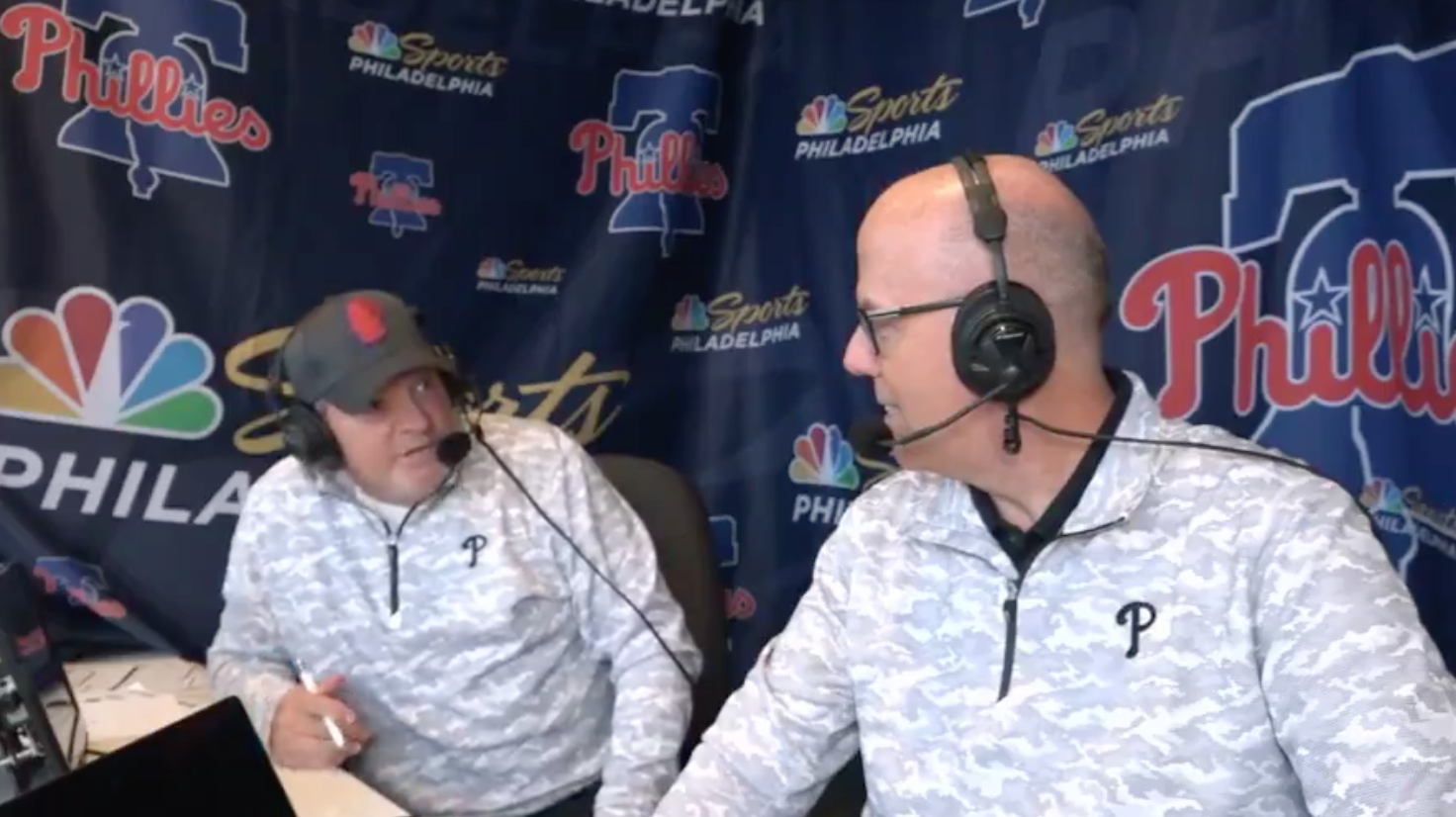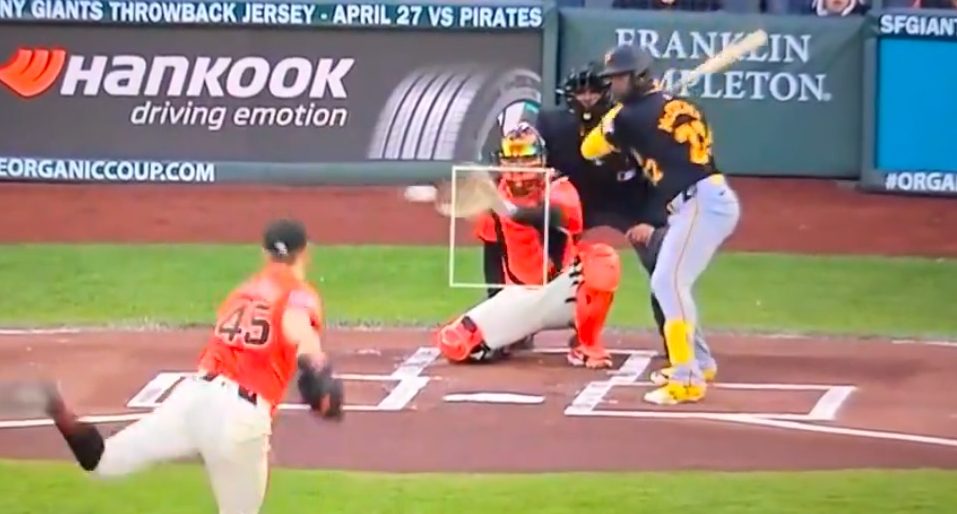AUSTIN, TEXAS — Every sports fan has moaned about his or her favorite team or player after an agonizing result that only if they had done this or that the outcome might have changed. It’s the classic woulda-coulda-shoulda lament.
But sports is not like the movie “Run, Lola, Run,” which has three different endings to the story of a bank heist. In the real world (please no politics here) there are no alternate realities. Well, sort of, until now.
Amazon’s AWS cloud service has worked with Formula One since 2019 to create predictions and facts for the broadcast–on ESPN/ABC in the U.S.–culled from the billions of bits of data generated by every race (each car spews out 1 million data points per second). On Sunday, using machine learning, AWS unveiled during the US Grand Prix in Austin, Texas a new “Insight” as these graphics are dubbed, called alternate strategy.

This is essentially the high tech equivalent of a bar room discussion about what, in this case a driver, could have done to better his finish spot. Except unlike the argument at the bar, this is backed by billions, if not trillions of pieces of data that take into account the history of the driver, the track layout, the performance of the other drivers, weather conditions, which are fed into a machine learning algorithm in the AWS cloud.
“What’s not to like about it, that you kind of say, ‘If Carlos Sainz had stopped three laps earlier, he would have gained one position?” said Rob Smedley, advisor to AWS and a former F1 race engineer, describing a hypothetical alternate strategy prediction.
Smedley was in Austin over the weekend to speak to a client group of AWS, which uses sporting events like F1 to showcase its technology. Leaning against the glass wall outside the high-end Paddock Club at the Austin race, Smeadley expanded on the AWS alternate result graphic, saying, “It’s only using data simulation analytics, it’s just showcasing how you bring all those things together to create something, which is more insightful and more informative to the fans and doing it in an objective way so it’s not like an opinion.
“We try not to have any kind of opinion here,” he added. “We’re just saying, `Look, this is what the models are telling us. This is what the data is telling us.’ And that’s exactly how the teams operate out on the pit. Right. You know, they don’t do things by opinion, they do stuff in a, in a really data driven and analytical way, which is exactly what we brought to the wider fan engagement piece.”
The alternate strategy debut graphic for F1 showed Lewis Hamilton made the right choice making two pit stops. Had he made only one stop in the AWS alternative world he would have placed third instead of second (as it happens, post-race he was disqualified for technical reasons. There is not an AWS predictive model for that, at least not yet!)
“I call it the what-if scenario,” Neil Ralph, principal sports partnership manager at AWS, said of the new feature while speaking onsite the Friday before the Austin race.
Viewers of Formula One, and the NFL on Amazon Prime, are by now familiar with the predictive graphic inserts. Using artificial intelligence, AWS predicts which defensive players will blitz on a given play, and in F1 how many laps until a driver overtakes another or how long it will take a driver to catch up with the leader.
The data starts on site, in the case of F1 with sensors on the cars, and around the track that is circled in camera. There is even a camera operator on a zip line like apparatus high above the track, and F1 has a helicopter on site at every race to capture race footage. One AWS Insight shows how close to the wall the speedsters are (if they don’t hit it) a distance measured in centimeters. AWS has 23 of these insights now with the addition of Ralph’s “what if” version.

The data is collected on site, where F1 has 170 engineers and production employees in a makeshift technical center, so secure that visitors, having already passed through various levels of security, get a special lanyard pass to enter and must immediately give that back upon exiting. The data is then sent to an F1 remote technical center in Biggin Hill, UK, where another 130 employees labor, and then to the Amazon cloud. It then returns to the F1 UK site and then back to the track. This process takes about one second.
Through this relay, AWS’ cloud will generate over the course of the race weekend hundreds of possible “Insights,” including when a driver should pitstop to which competitors are getting the most out of their vehicle.
“Things like corner performance, braking performance, you’re getting data, every lap, every corner, every driver,” Ralph said. “And we consolidate those into what we believe to be interesting packets of story that can be put on to the broadcast. “
After AWS supplies thee hundreds of possible “insights” for a F1 race, that information is culled by a team of F1 graphics and race analysts. On average there might be 30 of these over a race weekend, though it is race dependent (as part of its sponsorship AWS is guaranteed a designated amount of screen exposure). For the uninitiated, a race weekend includes qualifying, groups of cars that seek to post high-speed times that will determine their position at the 20 car grand prix start on Sunday. For the Austin race and select other races throughout the season, on Saturday the cars had a separate, shorter “sprint race” that counts toward the driver and team standings in their respective championships.
Pete Samara, who sits on the F1 side as Director of Technology, described the “Insights” as “storytelling with data,” and a “toolbox” to use to aid the broadcast, which can come across as a different language to newbies to the sport. So by giving information on everything to when tires are wearing down to where on the track certain cars are excelling, the broadcast is hopefully more approachable and informative.

In the early days of the “Insights”, fans were hesitant, Ralph recalled, questioning how a computer could predict when for example one racer would overtake another. But the data often didn’t lie and according to Ralph at least the fans are won over.
”There were a lot of questions raised as to how, how could that be a thing? How can we predict the outcome of Formula One, this is not something that’s been done before… now five years into having insights as part of the Formula One broadcast, they’ve become an intrinsic part of a fans experience of watching.”
And so how will the 20 teams react to the latest iteration that could be second guessing them? The inaugural alternate strategy graphic sided with the driver, Hamilton, on his choice. But when it doesn’t, how will the drivers and engineers react?
“The teams do take notes, whether they will take offense to the fact that we think they could have done a better job, they did those things themselves,” Ralph said. “The teams have many people that are looking to prepare for and execute the race, and then at the end of the race, they will look back and think well, actually, `Formula One, and AWS said if we pitted three laps before we might have made another place, do we think that’s true?’”







